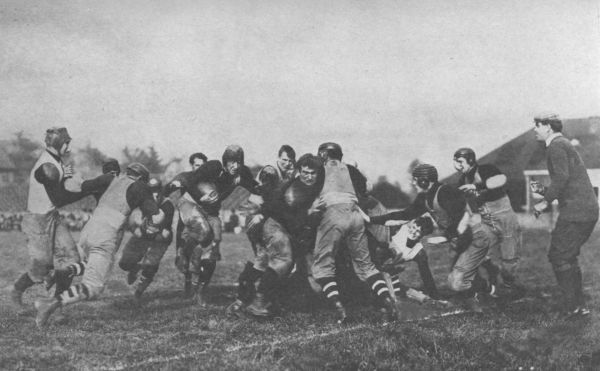Carolina Naturally is read in 194 countries around the world daily.
Don't forget to visit our sister blog: It Is What It Is
Some of our readers today have been in:
The Americas
Thunder Bay, Britannia, Pikangikum, Blainville, Byward Market, Montreal, Toronto, Mississauga and Sioux Lookout, Canada
San Juan, Puerto Rico
Sao Paulo, Brazil
Montevideo, Uruguay
Buenos Aires, Rosario and Villa Maria, Argentina
Medellin and Bogota, Colombia
Mexico City, Mexico
Manassas, Vestaburg, Smyrna, Peoria, Ephrata and Abescon, United States
Europe
Belgrade, Serbia
Kalisz, Poland
London and Bath, England
Laval, Rouen, Saint Amand and Salon-De-Provence, France
Kista and Stockholm, Sweden
Cadiz, Santa Cruz De Tenerife and Madrid, Spain
Reykjavik, Iceland
Cavallino, Piacenza and Rome, Italy
Palmela, Portugal
Dublin, Ireland
Slemmestad and Oslo, Norway
Vienna, Austria
Sunds, Niva, Vejle and Tranberg, Denmark
Mostar and Sarajevo, Bosnia and Herzegovina
Istanbul, Ankara and Bursa, Turkey
Bucharest, Romania
Berlin, Rothe Erde and Dusseldorf, Germany
Ryazin, Chelyabinsk and Moscow, Russia
Lublin and Bialystok, Poland
Kiev, Ukrane
Athens, Greece
Kaunas, Lithuania
Helsinki and Nokia, Finland
Newport, Wales
Heerhugowaard and Amsterdam, Netherlands
Luxembourg, Luxembourg
Asia
Kuala Lumpur, Miri, Johor Bahru, Malaysia
Kolkata, Thiruvananthapuram, Bangalore, Shillong, Bhubaneshwar, Kottayam and Kakinda, India
Teagu, Korea
Jakarta, Indonesia
Tehran, Iran
Tel Avv, Israel
Riyadh and Al Khubar, Saudi Arabia
Doha, Qatar
Tokyo, Japan
Phuket, Thailand
Beijing, China
Colombo and Pita Kotte, Sri Lanka
Port Louis, Mauritius
Africa
Luanda, Angola
Cape Town and Johannesburg, South Africa
Nairobi, Kenya
Tunis, Tunisia
Pacific
Melbourne, Homebush, Heidelberg and Canberra, Australia
















 Barry Layne Moore, erstwhile mayor of Hampton, Florida,
Barry Layne Moore, erstwhile mayor of Hampton, Florida, 



















